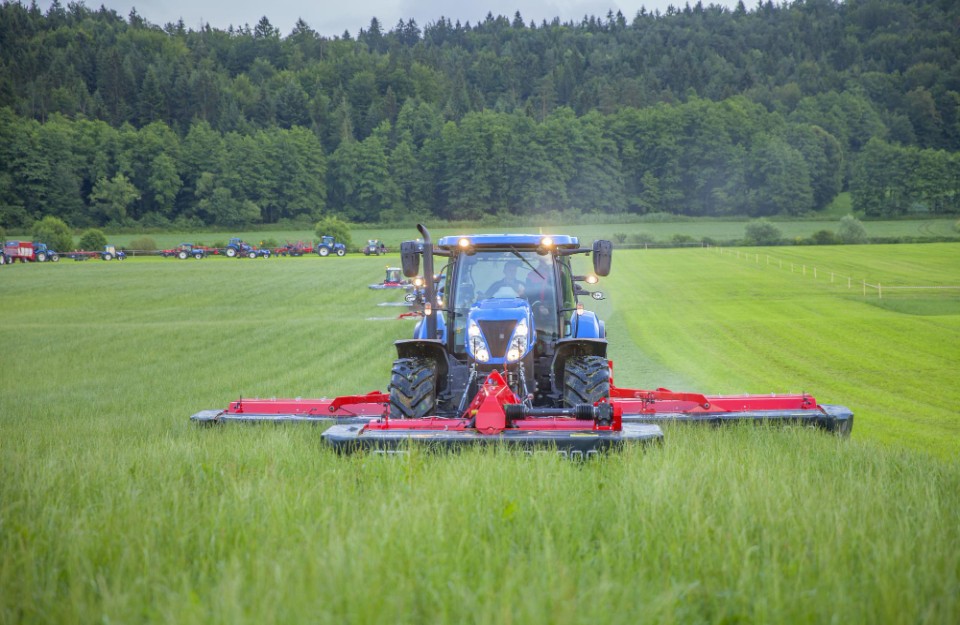
The enhancement of agricultural production is facilitated by indispensable tools, which enable farmers to cultivate more crops in less time and with greater efficiency. These tools encompass machinery such as tractors, harvesters, livestock feed mixers, and equipment for clearing fields of debris. Alongside traditional implements like plows and sickles, modern agricultural machines undertake various tasks that streamline fieldwork.
Agricultural equipment denotes machinery utilized in agriculture to diminish human labor and amplify crop productivity. Harvesters, plows, pulling machines, cultivators, disc harrows, seeders, harrows, plows, picks, and other primary agricultural implements fall under this category. These tools are highly sought after in nations where agriculture and farming constitute the predominant occupations of the populace. The adoption of agricultural equipment in India has bestowed a novel identity upon this profession.
The introduction of machinery in agricultural fields has resulted in enhanced proficiency in land enhancement and irrigation systems, along with decreased soil erosion. Cultivators assist in soil cultivation and debris removal while simultaneously boosting crop yields. Mechanization has empowered farmers to cultivate a wider range of food items for consumption. Agricultural workers now require less exertion as machines undertake their duties. The utilization of agricultural equipment leads to cost savings, time efficiency, and increased productivity.
Smart Drip Irrigation Method - Facilitates the optimization of irrigation schedules by leveraging AI and IoT. It furnishes timely regional data to adjust soil moisture levels, weather patterns, and water distribution.
Solar-Powered Drip Irrigation Method - Gaining popularity not only in gardens, landscapes, and fields but also among cultivators. In solar-powered drip systems, energy generated by solar panels powers water pumps and controllers. Solar-powered drip irrigation proves to be a cost-effective solution, reducing operational expenses and maintenance requirements.
Read More... Modern Farming Technology in Agriculture in India
Modernizing Farming Techniques: A cultivator serves as an essential agricultural implement for preparing the soil before planting. Operated by a tractor, it aerates the soil to a depth greater than traditional plowing. Many cultivators are equipped with hydraulic wings to improve road handling safety. The plow, on the other hand, is primarily used for soil cultivation before planting. It upturns the top layer of soil, incorporating fresh nutrients while suppressing weeds and debris. Harrows are implements employed for field cultivation, with a function distinct from that of plows used for deep tillage. They facilitate extensive soil cutting in the field.
Harrowing aims to break up soil clumps and create an optimal seedbed, ensuring suitable conditions for planting and sowing. A rotary tiller, known by various names such as rotavator, rototiller, power tiller, or rotary plow, is a mechanized cultivator that churns the soil. This equipment can be attached and towed behind a tractor.
Crop Harvesting: A combine harvester, commonly known as a combine, is a versatile machine that handles harvesting, threshing, and related tasks simultaneously. It efficiently harvests soybeans, flax, corn, barley, wheat, mustard, and other crops. The leftover straw in the field serves as agricultural residue, comprising dried stems and leaves. This residue is either spread across the field or baled for use as livestock feed and bedding.